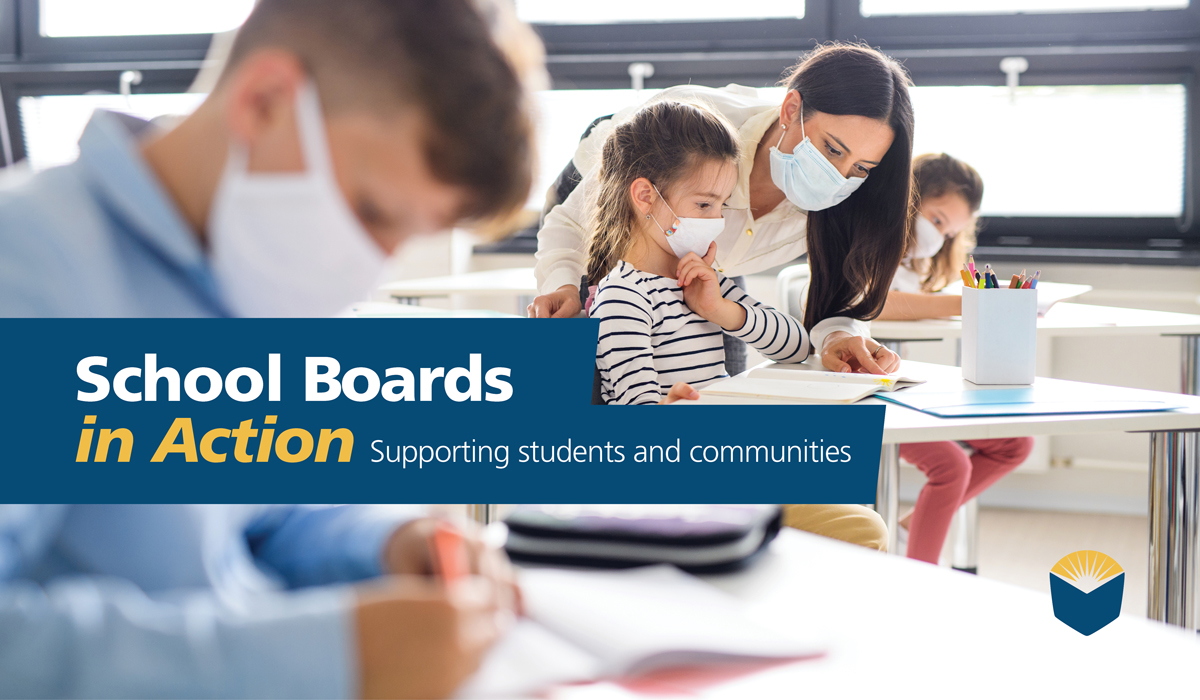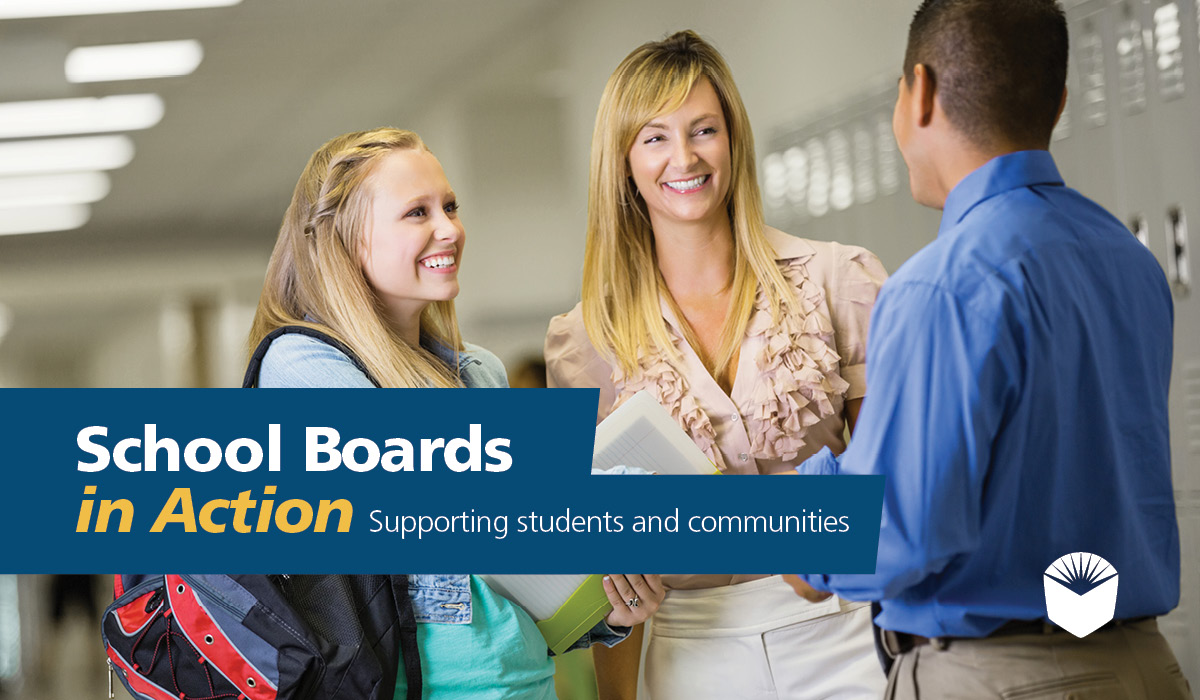Community collaboration with schools will be a crucial aspect in mitigating the spread of COVID-19 and keeping children in classrooms this year, according to Yolo County and Davis Joint Unified School District leaders.
In an Aug. 26 webinar, “Take 5 for Schools: Five Essential Steps for Safe School Openings This Fall,” Yolo County Superintendent Garth Lewis explained the county’s two main goals: to ensure students and staff are safe and healthy, and to keep students in school — neither of which can be accomplished without cooperation from others.
Preliminary analysis from the local Public Health Department has shown that the majority of positive cases found on Yolo County campuses are coming from outside school grounds, Lewis said, suggesting that mitigation strategies implemented by districts are working and can be an example to others.
“It’s good to know that the school response is effective and is helping us to keep the case rate of transmissions down in schools,” Lewis said. “For me, the takeaway here is really that we need the community to continue joining with us in a more robust effort to reduce community spread, thereby increasing the number of student able to stay in school and decrease the likelihood that we have transmission within our school sites.”
Matt Best, interim superintendent of Davis Joint USD, said the district has implemented a five-part “Swiss cheese policy for mitigation since no one method is perfect on its own.” This includes:
- Universal masking
- Encouraging vaccines and addressing misinformation
- Health screening and COVID testing
- Providing guidance if a student or staff member receives a positive test and needs to quarantine
- Ensuring safe environments by optimizing indoor ventilation, eating meals outdoors whenever possible with seating charts and more
The partnership between the district, Yolo County Office of Education, the Yolo County Public Health Department and Healthy Davis Together — a pandemic response initiative established by the University of California Davis and the City of Davis — allowed Davis Joint USD to be innovative and try things out to see what worked and what didn’t this past spring in order to keep students safe and at school, Best said.
Innovation and communication
App-based health check-ins are working for some local educational agencies, but for Davis Joint USD, officials found they were not worth the time or the effort, as families rushing to get out the door on time often either forgot or just went through the motions when submitting their responses.
“We decided that we would put our efforts into personnel — into our extra nurses and extra screeners — so that if kids do show up on campus with symptoms of illness, we get them to our outdoor health isolation area and get them assessed and get them back home as soon as possible,” said district Associate Superintendent Laura Juanitas.
Dr. Aimee Sisson, Yolo County public health officer, said further communication about what the virus looks like in kids and how critical even one symptom is, no matter how seemingly minor, could curb the number of students showing up to campus presenting symptoms in the first place.
“There’s a misunderstanding that COVID-19’s going to be really obvious — that it’s going to be loss of taste and smell, and it’s going to be super clear,” Sisson said. “Oftentimes in children, COVID-19 looks like allergies, or like a very mild cold, or may just be a headache or sore throat. Educating parents and students that any one symptom on the long list of COVID symptoms is enough that you shouldn’t be in school, and that you should get tested, is really important to keep students from coming to campus in the first place.”
Asked how schools were handling students who challenged masking policies, Juanitas said that, while last year the policy was that a student would be sent home if they refused to wear a mask after being spoken to by a teacher and administrator, “this year we really wanted to take a different approach.” Officials wanted to bring the current masking policies in alignment with other behavior policies, which minimize any kind of home or in-school suspension. Though the webinar took place just two days after the district began the new school year, there hadn’t been too many issues.
“We’ve doubled down this year on really working on communication with students, trying to find out the real reason behind it, making sure that if a medical exemption is really needed that we are meeting those students’ needs,” Juanitas said. “We have counselors at every school site, so they’ve been actively involved — we’re really trying to take a team approach and really deal with each situation separately, but not with the idea that if you don’t wear a mask, you’re immediately getting sent home. We want to be a welcoming and inclusive environment as we reopen.”





